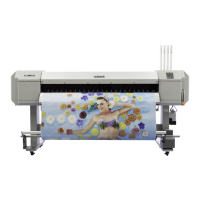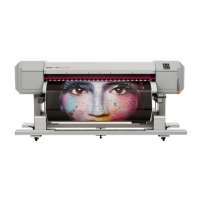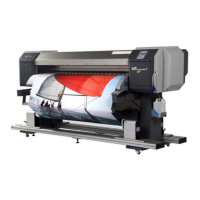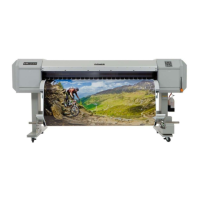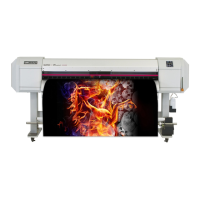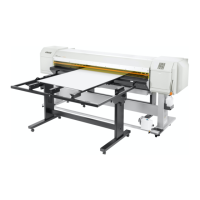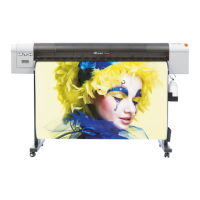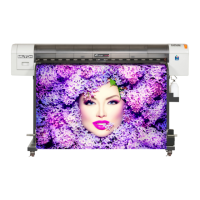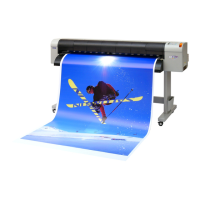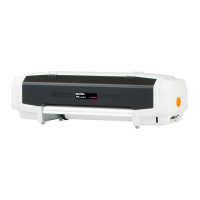•Printer color reproduction can change over time due to various factors, including environmental (shop temperature and
humidity), age and storage conditions of ink and media, possible lot-to-lot manufacturing variations of ink and media,
and aging of the printer itself (due to mechanical wear). Individually, such factors may have minimal impact on color
reproduction, but cumulatively over a span of time these factors can lead to color variations that become apparent and
potentially detrimental to image quality.
Follow the 2 steps below to check the color reproducibility using the Color Verify.
1. Save the baseline
• Perform the Color Verify under the condition* of comparison criterion, and save the measured
value (only one baseline can be saved).
* e.g.: To use a new media, after an initial ink charge, before starting the continuous print job, etc.
2. Check the current color reproducibility (Comparison with the baseline)
• When a media or ink is replaced, or when the job that has been printed in the past, is printed
again, perform the Color Verify and compare the color with the baseline to check if there is no
significant change in the color reproducibility.
•When the Color Verify is executed, the color difference (dE) is printed on the top of each color patch. If the color
difference (dE) is quite large, it means that the color reproducibility has varied from when the baseline was saved. In
general, if the dE is more than 3.2, the color difference in the print result will be visible.
•In this function, the color difference (dE) is calculated based on CIE 94*.
* CIE94 is proposed by CIE (International Commission of Illumination) in 1994.
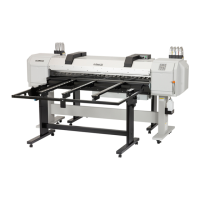
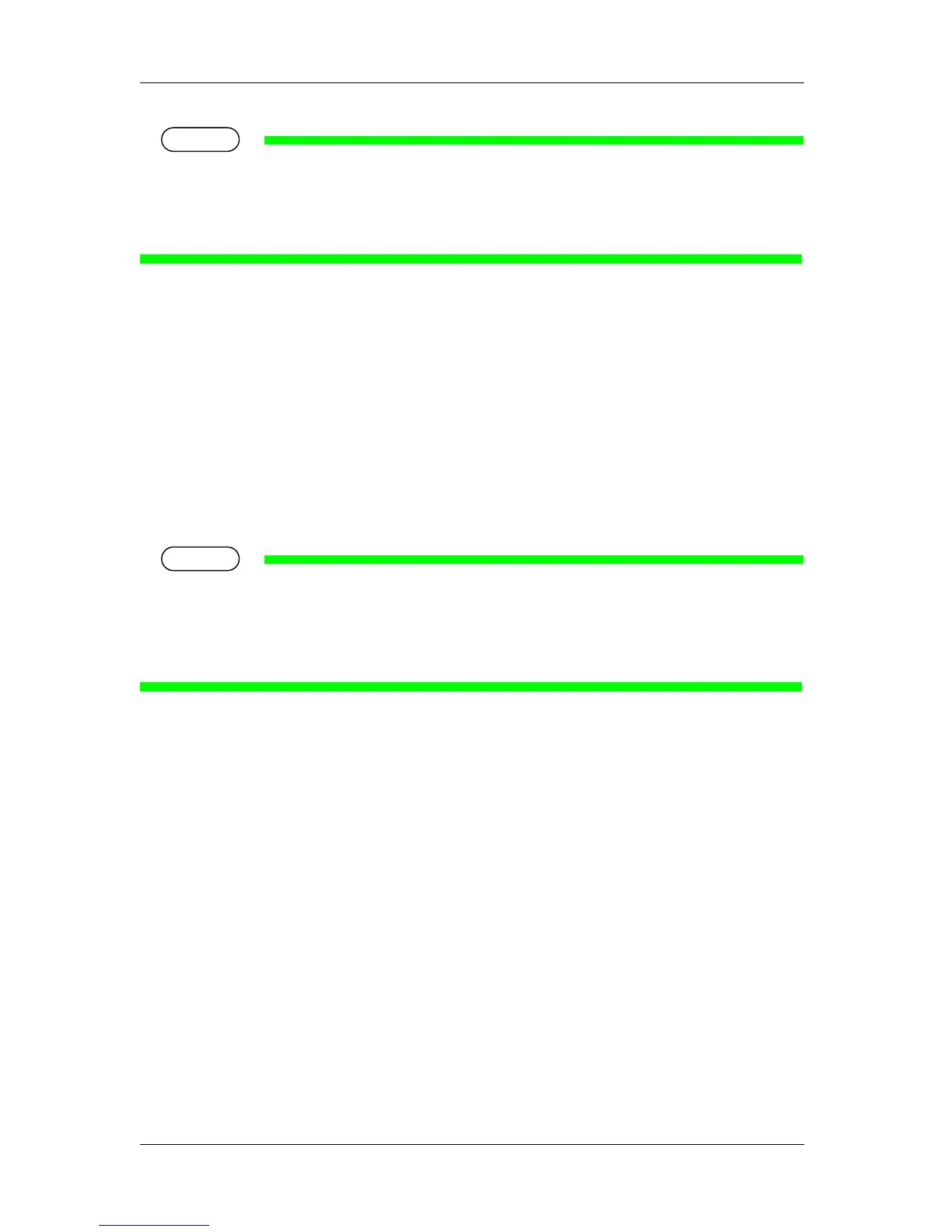